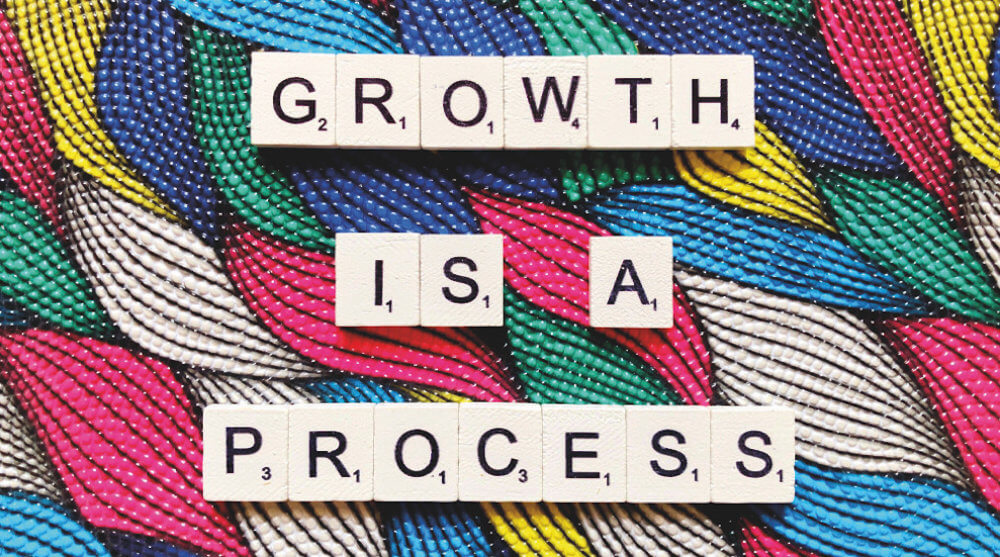
The right data can help organizers gain a clearer picture of who they’re planning for. Here are the four key steps to harnessing the power of data insights, according to the team at the Design Studio by Maritz Global Events.
When it comes to event data, for organizers the toughest part isn’t necessarily collecting it, it’s deciphering it. But the good news is that you don’t have to be a data scientist to do it effectively — it’s all about setting a smart strategy ahead of time. First, it’s important to understand that data doesn’t automatically equate to helpful insights. “It’s the raw output … it’s not a story yet,” said Tim Simpson, brand and engagement chief strategist at Design Studio by Maritz Global Events, during the Convening Leaders 2022 7 Change Actions session, “Creating Better and More Successful Events Through the Power of Insights.” What follows are four key ideas that will empower planners to get the most out of their data and significantly improve their event.
Post-satisfaction surveys (alone) are a waste of time. Beside the fact that response rates for post-event surveys often hover around 40 to 50 percent, they exclude potential attendees and can be overly skewed by emotions or perceptions. They also tend to focus on the less important logistical and tactical aspects of an event. Elizabeth Sage, experience design brand strategist at Design Studio by Maritz Global Events, gives an example from her experience working on a previous event: “One year we had over 300 pages of verbatim comments and I said, ‘Okay, it’s my job to read these 300 pages … and I’m going to do something with them,’” she said. “And I did it. And guess what? I found that nobody liked the shuttles. They did not like going from shuttle to the convention center, which I probably didn’t need that [survey] to tell me.”
Preference data powerfully informs strategy and design. What is preference data? “It’s really this idea of understanding how one element or feature of an experience or a product would … be favored over another,” said Simpson, who adds that these kinds of pre-event studies see a much high response rate than post-event surveys. Examples of preference data includes surveying attendees about what formats they prefer or their tolerance levels, i.e., for what length of time they can stay actively engaged in a session — all key elements that organizers should consider when they’re designing their event strategy.
You don’t truly know who you’re designing for. Even if you think you know your audience well, Sage suggests that without deeper data, it’s still a guessing game. It’s important to look beyond demographics to understand people’s learning styles and values as well as what drives them and their goals for the event. Digital and hybrid events have altered the landscape of business events, so even if organizers already have deeper data from before the pandemic, it’s worth the time to gather it again now, urges Simpson. “That is the prime-time place for a preference survey,” he adds, “because I think people’s preferences have changed as a result of the last year, too.”
Digital offers deeper insights into preferences and behaviors. “Many of us have been doing digital events the last two years, and what’s great about digital is you have these measurement tools that you didn’t necessarily have for in person before,” Sage said. “We can take that digital insight combined with our preference data and our value-based data … and you adapt it to your in-person [event].” Newer technology tools like eventBit can be applied at in-person events to help fill in the blanks on insights like foot traffic, attendee engagement, and even physiological cues. “Ultimately,” Sage said, “we’re trying to understand behavior.”
